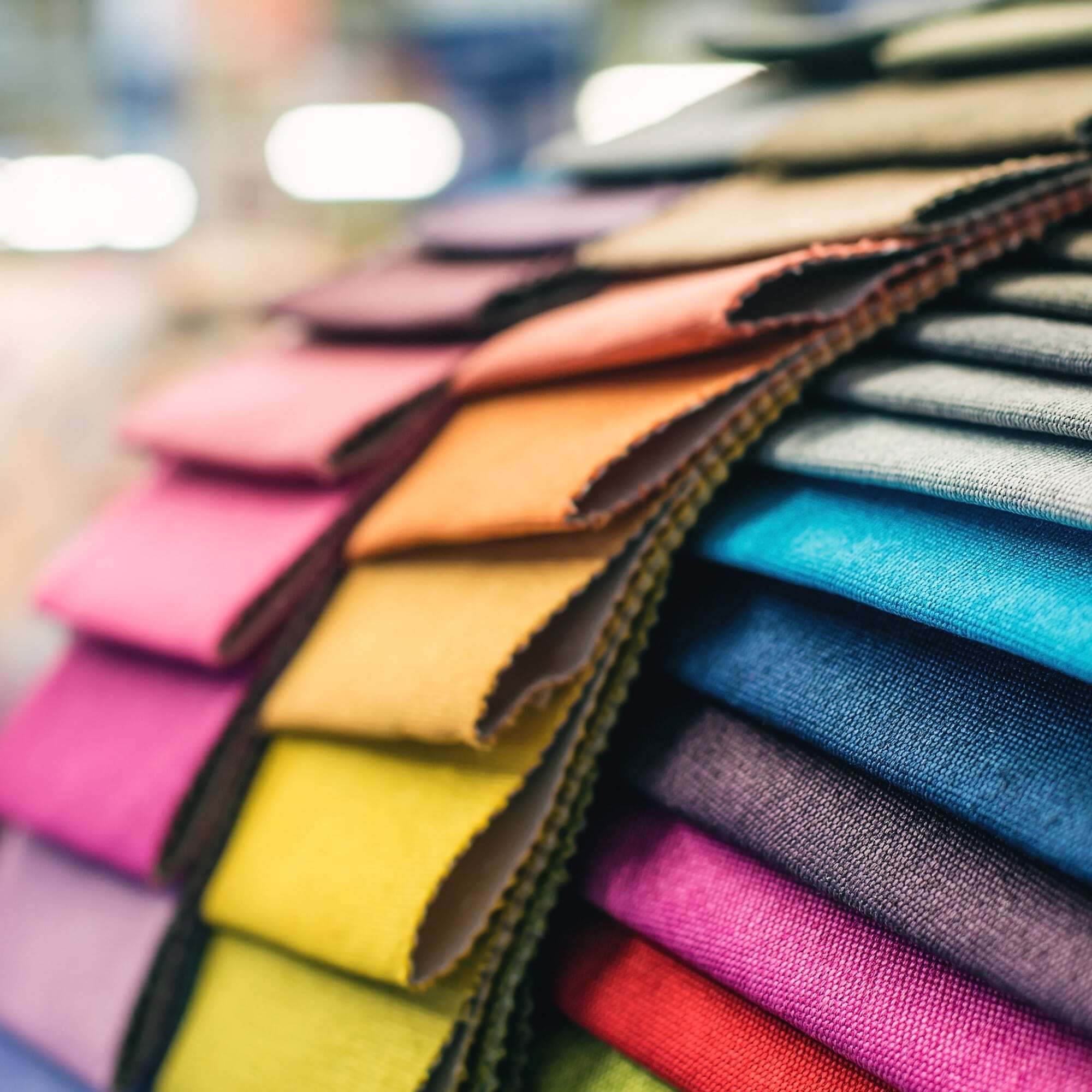How a Flocked Surface Is Made
Flock is a textile powder that can transform a simple surface into a soft, velvety, and pleasant-to-touch coating. It is a versatile material used in sectors ranging from automotive to packaging, from fashion to design, and owes its qualities to a production process that is as technical as it is fascinating. Casati Flock & Fibers has been producing high-quality flock for decades, starting from raw textile fibers and turning them into a perfect powder ready for application.
It all starts with the choice of raw material.
Casati uses vegetable, animal, synthetic, or artificial fibers, which can come in different forms: continuous filaments (tow), staples, fabric scraps, or textile waste from the fashion industry. Depending on their nature, these fibers are processed using different techniques. Non-continuous materials are ground in industrial mills to obtain flock in fine powders with specific granulometries, while filaments are precisely cut using guillotine cutters. In both cases, the result is fibers reduced to tiny fragments, ready for the next steps.
The resulting flock can then be dyed. This is done in dedicated vats and follows precise color specifications requested by clients: uniformity, lightfastness, and washfastness are essential. After dyeing, the flock undergoes activation, a chemical treatment that imparts the physicochemical properties necessary for the flock to be introduced into the flocking process.
After dyeing and activation, the flock is centrifuged and dried with hot air to reach a defined moisture range, which is crucial for achieving high-performance flock. It is then sieved to remove any fibers that are too long and could compromise the final result. Only after a series of rigorous quality checks—evaluating cut uniformity, color, granulometry, conductivity, and hand feel—is the flock considered ready. Casati completes its work by packaging the product and delivering it to clients, who then handle the actual flocking application.
But how does this process work?
The most common method is electrostatic flocking. In practice, the surface to be coated—whether plastic, metal, fabric, paper, or other material—is first cleaned and covered with a specific adhesive. Then, thanks to the properties imparted during activation, the flock fibers align in the electrostatic field and move perpendicularly to the surface, embedding themselves into the adhesive to create a uniform coating. After application, the adhesive is dried or polymerized, permanently fixing the fibers. Excess particles are then removed using compressed air or suction, resulting in a smooth, homogeneous surface.
This is where Casati’s precision really makes a difference. Properly cut, dyed, and sieved flock allows clients to achieve flawless results without defects or inconsistencies. Electrostatic flocking requires fibers with specific sizes, adequate conductivity, and a loose hand feel—characteristics that only a carefully controlled production process can guarantee.
In this way, raw textile material—or even waste from fashion production—becomes a valuable and versatile material. Casati Flock & Fibers provides clients with a perfect product, leaving them to transform it into stunning, velvety, and durable surfaces. It’s an ideal collaboration: on one side, expertise in producing high-quality flock, and on the other, the application skills of the companies that use it in their products. This is how every flocked surface comes to life.

